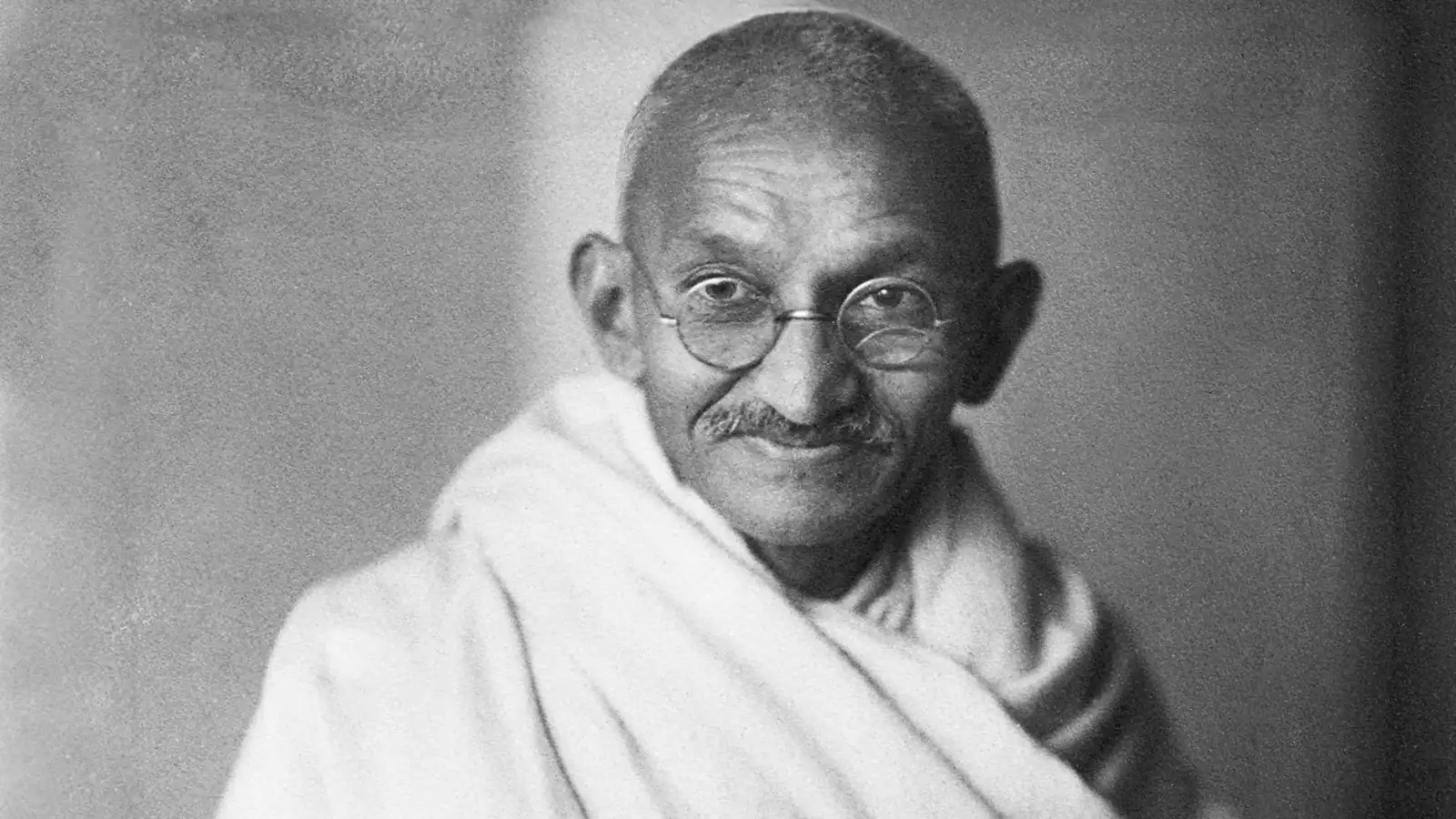Mahatma Gandhi: The Architect of Nonviolent Revolution

Strong 8k brings an ultra-HD IPTV experience to your living room and your pocket.
📖 Refer: Political Science Solution
🧬 Introduction
Mohandas Karamchand Gandhi, popularly known as Mahatma Gandhi, was not only a central figure in India’s freedom struggle but also a global symbol of truth (Satya) and nonviolence (Ahimsa). Revered as the Father of the Nation, Gandhi’s approach to political resistance through nonviolence inspired millions across the world, from civil rights leaders like Martin Luther King Jr. to Nelson Mandela.
In this article, we’ll explore Gandhi’s life, philosophy, and political methods — particularly his role as the architect of nonviolent revolution, as deeply analyzed in the article on Political Science Solution.
📌 Early Life and Education
Born: 2nd October 1869, Porbandar, Gujarat
Parents: Karamchand Gandhi (Dewan of Porbandar) and Putlibai
Education: Law degree from Inner Temple, London
Gandhi's early experiences in South Africa, where he faced racial discrimination, shaped his political consciousness and inspired the foundations of Satyagraha.
🕊 Gandhi’s Core Principles
Gandhi’s philosophy was deeply rooted in spirituality, ethics, and truth. His principles formed the core of his personal and political life.
🌱 1. Ahimsa (Nonviolence)
Gandhi believed that violence breeds hatred, while nonviolence leads to reconciliation and peace. His nonviolent resistance became a powerful tool against colonial oppression.
🌞 2. Satya (Truth)
He emphasized living in accordance with truth, and believed that truth is God. Satyagraha, or the insistence on truth, was his method of protest.
🌾 3. Sarvodaya (Welfare of All)
Gandhi advocated for the upliftment of all sections of society, especially the marginalized and the poor.
🧵 4. Swadeshi
Promoted self-reliance and the use of Indian goods, particularly the Khadi movement, to boycott British products and empower rural India.
✊ Gandhi’s Political Journey and Movements
🇿🇦 Satyagraha in South Africa (1893–1915)
Gandhi’s first major resistance campaign was in South Africa, where he organized the Indian community to fight discriminatory laws.
He developed and tested Satyagraha, leading peaceful protests and enduring jail time.
🇮🇳 Return to India (1915)
On returning to India, Gandhi traveled across the country to understand the conditions of the masses and joined the Indian National Congress under Gopal Krishna Gokhale’s guidance.
🚩 Major Movements Led by Gandhi
1. Champaran Satyagraha (1917)
Gandhi’s first civil disobedience movement in India.
Supported indigo farmers against exploitation by British planters.
2. Kheda Satyagraha (1918)
Led peasants in Gujarat against unjust taxation during famine.
Highlighted Gandhi’s strategy of nonviolent protest with moral appeal.
3. Non-Cooperation Movement (1920–1922)
Urged Indians to boycott British goods, schools, and titles.
Promoted self-rule (Swaraj) and Khadi usage.
4. Salt March / Dandi March (1930)
240-mile march to Dandi to break the British salt law.
A turning point in the Indian freedom struggle and global recognition of nonviolent resistance.
5. Quit India Movement (1942)
Launched during World War II with the slogan: “Do or Die”
Gandhi and major Congress leaders were jailed, but the movement galvanized Indians nationwide.
🌍 Gandhi’s Global Influence
Gandhi’s principles inspired several global leaders and civil rights movements:
Martin Luther King Jr. (USA): Nonviolent civil disobedience in the Civil Rights Movement.
Nelson Mandela (South Africa): Anti-apartheid struggle.
Dalai Lama and Aung San Suu Kyi also drew from Gandhi’s approach.
📚 Gandhi as a Political Thinker
According to the in-depth analysis in this article, Gandhi was not a typical politician, but a moral leader, combining spiritual ideals with political action.
His political thought was:
Ethical and nonviolent
Decentralized and based on village self-rule (Gram Swaraj)
Anti-materialistic and spiritual
Grounded in constructive work and community service
✍️ Criticisms and Challenges
While widely admired, Gandhi’s methods and decisions faced criticism:
Critics felt nonviolence was not effective against violent repression.
Some leaders wanted faster and more aggressive methods (e.g., Subhas Chandra Bose).
Ambedkar criticized Gandhi’s approach to Dalit rights, especially on separate electorates.
Despite this, Gandhi remained committed to dialogue, reform, and social unity.
🕯 Death and Legacy
Gandhi was assassinated on 30 January 1948 by Nathuram Godse, a Hindu nationalist.
His death was mourned globally, and he became a symbol of peace and resistance.
Today, Gandhi is remembered every year on:
2nd October – Gandhi Jayanti (also International Day of Nonviolence)
His ideas are taught in political science, philosophy, and peace studies worldwide.
📘 Want to Learn More?
Explore detailed notes, articles, and academic analysis of Gandhian philosophy, political thought, and other Indian thinkers at:
👉 Political Science Solution – Mahatma Gandhi
This platform is a trusted resource for:
UGC NET
CUET UG/PG
College & University students
Civil services aspirants
🧾 Conclusion
Mahatma Gandhi remains one of the most profound voices for nonviolent change in modern history. His legacy is not confined to India’s independence but resonates across global movements for justice, dignity, and peace.
As the “Architect of Nonviolent Revolution”, his life teaches us that real power lies not in violence or authority, but in truth, self-discipline, and moral courage.
👉 Political Science Solution – Mahatma Gandhi
Note: IndiBlogHub features both user-submitted and editorial content. We do not verify third-party contributions. Read our Disclaimer and Privacy Policyfor details.




